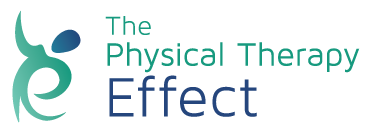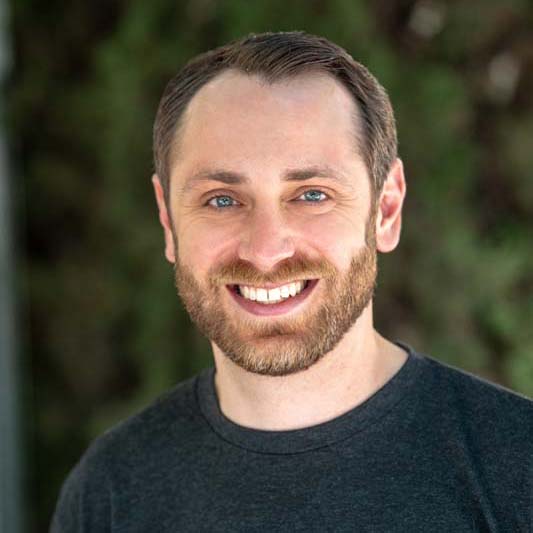12 Myths About Physical Therapy
May 27, 2022

People everywhere are experiencing the transformative effect physical therapy can have on their daily lives. In fact, as experts in the way the body moves, physical therapists help people of all ages and abilities reduce pain, improve or restore mobility, and stay active and fit throughout life. But there are some common misconceptions that often discourage people from visiting a physical therapist.
Myth 1: You Need a Referral to See a Physical Therapist
A lot of people think that you can only see a physical therapist with a referral from a doctor. However, this isn’t true. It’s possible that your state may have some restrictions on when and how patients can see a physical therapist, but a referral typically isn’t necessary. If you think you could benefit from physical therapy, contact a physical therapist right away to discuss your situation.
Myth 2: Physical Therapy Is Painful
Physical therapists seek to minimize your pain and discomfort—including chronic or long-term pain. They work within your pain threshold to help you heal, and restore movement and function. While there may be some pain, the pain comes from the condition you’re going to physical therapy to treat. The physical therapy is designed to reduce that pain. Most people who thought that physical therapy would be painful change their minds once they’ve been to physical therapy themselves.
Myth 3: Physical Therapy Is Just for Injuries
Some people believe that physical therapy is only for those who have an injury they’re trying to rehabilitate. While that is part of physical therapy, physical therapists do a lot more than treat injuries. They can help people stretch and strengthen muscles to treat pain and also to prevent future injuries. Physical therapy can also treat things like carpal tunnel, headaches, or pelvic floor pain.
Myth 4: Any Health Care Professional Can Do Physical Therapy
There’s a reason why doctors give referrals to physical therapists and it’s not that they just don’t feel like doing physical therapy with you. Physical therapists are licensed specifically in physical therapy. If a health care professional wants to practice physical therapy, they have to get certified in it. Physical therapists can also get certified in more specific areas of physical therapy, such as neurology, orthopedics, sports, or women’s health.
Myth 5: Physical Therapy Isn’t Covered by Insurance
While American insurance policies do have the reputation of refusing to cover just about everything, most insurance policies do have some amount of coverage for physical therapy. Beyond insurance coverage, physical therapy has proven to reduce costs by helping people avoid unnecessary imaging scans, surgery, or prescription drugs. Physical therapy can also lower costs by helping patients avoid falls or by addressing conditions before they become chronic.
Myth 6: Physical Therapy Isn’t as Effective as Surgery
In many cases, physical therapy has been shown to be as effective as surgery in treating a wide range of conditions—from rotator cuff tears and degenerative disk disease, to meniscal tears and some forms of knee osteoarthritis. Surgery may be necessary in some cases, but for a lot of people, physical therapy can negate the need for surgery altogether. Surgery can be risky and may have a long recovery period, so physical therapy may in many cases be the better option.
Myth 7: You Can Do Physical Therapy Yourself
Your participation is key to a successful treatment plan, but every patient still needs the expert care and guidance of a licensed physical therapist. Your therapist will leverage his or her specialized education, clinical expertise, and the latest available evidence to evaluate your needs and make a diagnosis before creating an individualized plan of care. Your physical therapist may give you exercises and stretches to do at home, but will show you how to do them properly. Trying to do physical therapy by yourself without that guidance could result in injury.
Myth 8: All Physical Therapy Is Done at Home
While your physical therapist may send you home with exercises and stretches to do, a lot of physical therapy is actually done at the physical therapist’s office. There are some physical therapy services that can’t be done at home, such as massage and muscle stimulation. Your physical therapist will develop a customized plan for your treatment that will involve a mix of in-office and at-home physical therapy.
Myth 9: Every Physical Therapist Is the Same
Not all physical therapists are the same. Some physical therapists get additional certifications in specialized subjects, such as women’s health, pregnancy, and more. In certain cases, such as if you’re pregnant, it may be a good idea to seek out a physical therapist specifically licensed to handle your circumstances.
Myth 10: Physical Therapy Is Only Exercise
While exercises do play a major role in physical therapy, they’re not the only thing physical therapists do. Physical therapists also do manual therapy, educate patients, and more. In some cases, there may be a massage. If your care plan is only exercise-based, it’s not because that’s all physical therapy is, but instead because that was what you needed to treat your specific condition.
Myth 11: Physical Therapy Means Stopping Hobbies
Some people, especially people who take part in physical hobbies like sports, may worry that their physical therapist might stop them from taking part in that hobby. While a break may be necessary for recovery and treatment, your physical therapist doesn’t want you to have to stop playing sports or doing any other hobby that you love. Instead, the goal is to get you to the point where you can go back to doing that hobby as quickly as possible.
Myth 12: Physical Therapy Is Over After Discharge
When you’re discharged, you may be finished with physical therapy appointments, but that doesn’t mean your physical therapy journey is over. You’ll need to continue working at home on the exercises and stretches that your physical therapist taught you in order to achieve the desired results. The physical therapist can’t just fix you. Instead, they give you the education and the tools that you need in order to fix yourself.

For informational purposes only.













